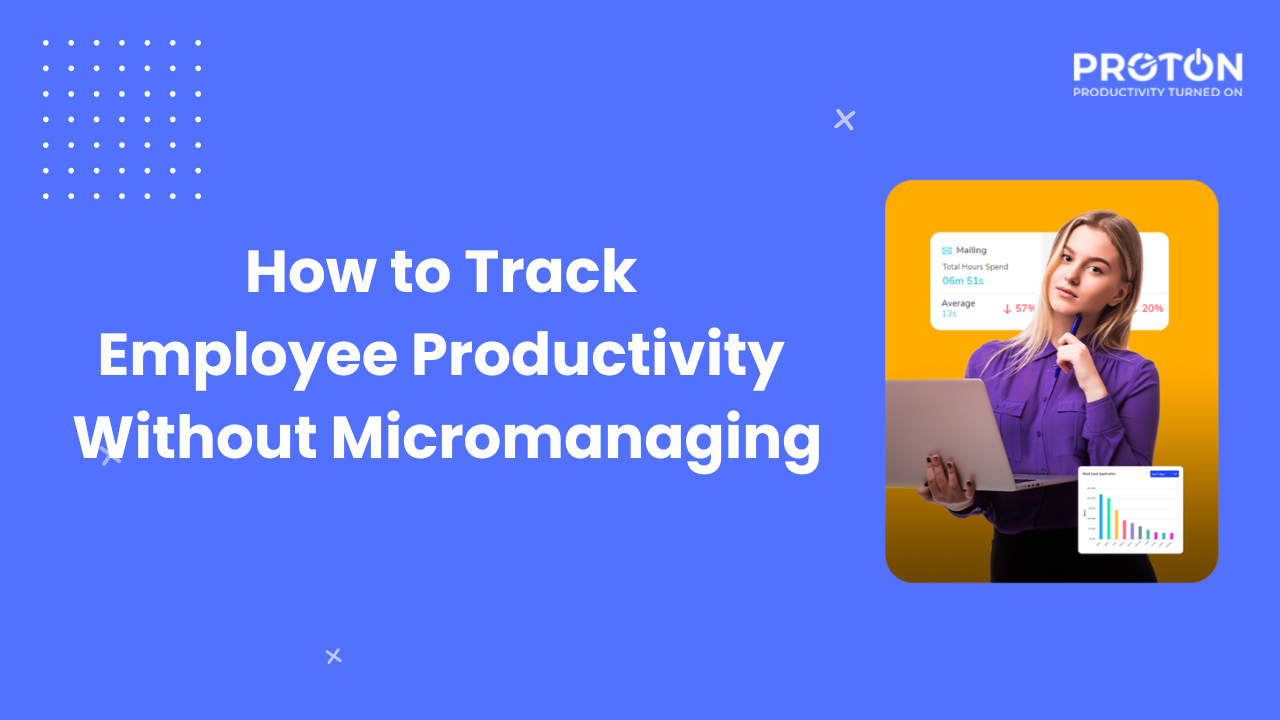Let’s start with the basics. What exactly is a 2-2-3 schedule? In simple terms, it is a work schedule that consists of two consecutive days on, two consecutive days off, and three consecutive days on. This pattern then repeats, ensuring that both weekdays and weekends are covered in a fair and balanced manner.

The prevailing work schedule for most people is the traditional 5-2 model, involving five consecutive workdays followed by a two-day weekend break. However, progressive companies like Microsoft are currently exploring a different approach known as the 4-3 schedule, allowing employees to work for four days and then enjoy a three-day weekend. In contrast, the 2-2-3 schedule has been a long-standing and well-established option, offering a balanced work-life routine for those who have embraced its benefits over time.
For example, imagine you have a job that follows a 2-2-3 schedule. In one week, you would work Monday and Tuesday, have Wednesday and Thursday off, and then work Friday, Saturday, and Sunday. The following week, your work schedule would shift to Wednesday and Thursday, followed by Friday and Saturday off, and finally, work on Sunday, Monday, and Tuesday. This rotational system continues, providing a consistent rhythm to your work-life schedule.
How Does a 2-2-3 Schedule Work?
Let’s dive deeper into the mechanics of a 2-2-3 schedule. By breaking it down day by day, we can gain a better understanding of its functionality.

Weekdays:
The 2-2-3 schedule allows for a balance between weekdays and weekends. During the weekdays, you will work two consecutive days, such as Monday and Tuesday. This consistent routine allows you to plan your daily activities more effectively and create a sense of stability in your workweek.
Weekends:
The beauty of the 2-2-3 schedule is that it also covers weekends effectively/productively. While many traditional work schedules require employees to sacrifice precious weekend time, the 2-2-3 schedule ensures that you have two consecutive days off during the weekend. For example, if your work falls on Friday, Saturday, and Sunday, you will have Wednesday and Thursday off in that week. This structure gives you the opportunity to participate in weekend activities and enjoy quality time with your family without missing out on work-related commitments.
Rotating Shifts:
One of the advantages of the 2-2-3 schedule is that it incorporates rotating shifts. This means that the days you work each week are different, providing variety and ensuring that you experience different days of the week off. For instance, you may have Wednesdays and Thursdays off for two weeks, followed by Fridays and Saturdays off for the next two weeks. This rotational aspect prevents monotony and allows for a refreshing change in your routine.
Pros and Cons of a 2-2-3 Schedule
While the 2-2-3 schedule offers several benefits, it is essential to consider the drawbacks as well. Let’s take a closer look at the pros and cons.
Benefits of a 2-2-3 Schedule:
Enhanced Work-Life Balance:
One of the key advantages of the 2-2-3 schedule is its inherent ability to provide a better work-life balance. With consecutive days off during both weekdays and weekends, you will have ample time to spend with your family and engage in activities that recharge you. This balance can lead to increased satisfaction and harmony in both your personal and professional life.
Increased Flexibility:
Unlike traditional work schedules that rigidly adhere to a Monday-to-Friday routine, the 2-2-3 schedule brings about increased flexibility in your life. By having different days off every week, you can have the freedom to schedule appointments, plan family outings, or pursue personal interests without having to take time off work. This flexibility allows you to make the most of your time and prioritize the things that matter most to you.
Drawbacks to Consider:
Limited Consecutive Days Off:
One potential drawback of the 2-2-3 schedule is the limited number of consecutive days off. If you enjoy having extended breaks or prefer to have more time for vacations or family trips, this schedule may not be ideal for you. The longest consecutive days off you will have are two, which some individuals might find restrictive or insufficient for their needs.
Coordination Challenges:
Due to the rotating nature of the 2-2-3 schedule, coordinating plans with family, friends, or colleagues may require some extra effort. It can be challenging to synchronize schedules or find common free days for social activities. However, with effective communication and proactive planning, these challenges can be minimized.
Case Study about 2-2-3 Schedule:
The 2-2-3 schedule is used by industries that need 24-hour coverage, such as police stations, hospitals, and call centers. In this schedule, employees work two days, two nights, and then have two days off. The cycle repeats every 28 days. Employees work 14 12-hour shifts per month, which means they only have about 180 workdays per year.
The 2-2-3 schedule is also known as the Panama schedule. It involves four teams working for two days, taking two days off, and then working for three days.
Here are some examples of case studies:
- A case study in medicine might focus on an individual patient or ailment.
- A case study in business might cover a particular firm’s strategy or a broader market.
- A case study in politics might focus on the operations of a specific political campaign.
Conclusion:
Proton, as an employee tracker tool, aids in productivity monitoring for both 2-3-3 and 5-2 work schedules. It tracks time worked, manages tasks, and monitors attendance, ensuring adherence to assigned shifts. Performance analytics and reporting offer insights into productivity trends and areas for improvement. Proton’s scheduling features also facilitate seamless management of shifts, enhancing overall efficiency and communication among employees and managers. To put it simply, the 2-2-3 schedule helps you balance work and life. It gives you stable work days during the week for planning your job. Plus, it guarantees two days off in a row on the weekends for spending time with family and relaxing. But, it has some downsides, like not having long breaks in a row. And it can be tricky to coordinate because your work days change. To decide if it’s right for you, think about your priorities and how it fits with your life. It gives you a better balance and flexibility, but you need to consider the downsides too.


